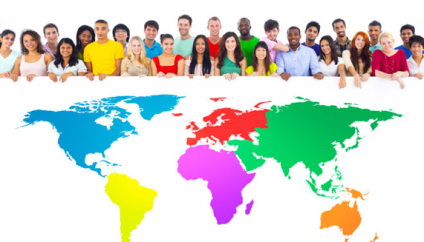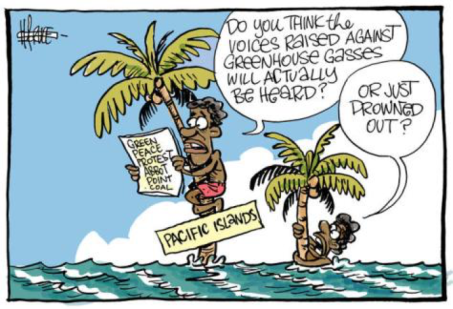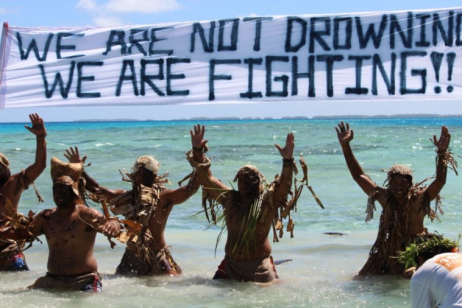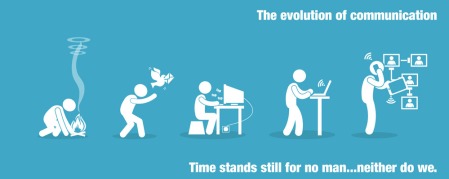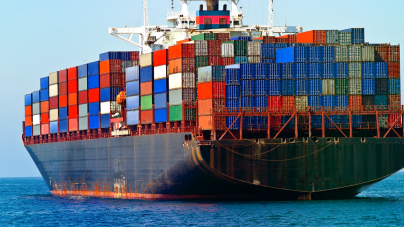International education is one of Australia’s largest exporting sector (Marginson, S 2012, p. 1). According to the Australian Bureau of Statistics (ABS) (2011), international education contributed $16.3 billion in export income in 2010-11. It is therefore seemingly obvious that this sector is important for stimulating the economy, but also diversifying society. The experience of education for international students must be improved for continual growth to occur.
Based on “310 interviews with international students” (Marginson, S 2012, p. 2) research found that Australian culture is not accepting of the international student’s cultures. They’re cultural identity led them to be seen as different or out of the cultural norm. This made it difficult for them to be involved or included and added to the emotional stresses already placed upon them by their family or home country thus affecting their academic results. (Marginson, S 2012, pp. 1-6)
To adapt to the fear of not belonging, international students often undertake basic English lessons before arriving to study. However, the lessons learnt do not prepare them for the colloquialism spoken in the host countries, especially here in Australia. International students are often faced with a cultural shock leaving them unprepared and unable to interact with locals. (Kell, P & Vogl, G 2007, pp. 3-6)
As important as international education is, it “is not the rich intercultural experience it could be” (Marginson, S 2012 p. 1). The cultural barrier between international students and host cultures has impacted on the number of international students coming to study in Australia.
There has been a sharp decline (23%) of student visa applications in 2010-11 from the peak of 2008-09. This decline is a direct result of issues such as the above mentioned cultural barriers, visa regulations, (however some changes between 2012 and 2014 have been made to make it easier for students to study in Australia), competition from other countries for international education such as the USA, the high Australian dollar, compromising living situations and more importantly violent racial attacks on international students. (ABS 2011)
Attacks on overseas students have tarnished Australia’s reputation of being a safe destination for study.
The robbery of Chinese students on a Sydney train in April 2012 sparked outrage in China making headlines on popular news sites. “Many Chinese students studying in Australia have expressed their fear over growing violence directed against them”. (Cai, P 2012)
In Brisbane four international students were subject to brutal killings within 4 months. French student Sophie Collombet was raped, robbed and murdered in March 2014, South Korean student Eunji Ban was bashed to death in November 2013, Min Tae Kim another South Korean student was killed after organising to exchange currencies and Meenatchi Narayaran a Singaporean student was found stabbed to death in March 2014. (ABC News 2 April 2014)
In December 2013 a gang attack on Indian student Manrajwinder Singh made news in India resulting in the Indian government releasing a travel warning to students. This decreased the amount of students studying in Victoria by 70%. (Whinnett, E 2014)
These are just a few cases involving international students. If the issue is not resolved in the Australian community, eventually, the number of international students will be minimal. This would damage the economic sector and affect Australia’s reputation as a whole.
Lukas Stergiou
Reference:
ABC News 2014, Sophie Collombet death: Four international students killed in Brisbane since November’, 2 April, viewed 29 August 2015,
< http://www.abc.net.au/news/2014-04-02/students-killed-in-brisbane-since-november/5361056
Australian Bureau of Statistics (ABS) 2011, International Students, cat. no. 4102.0, ABS, Canberra
Cai, P 2012, ‘This city is so dangerous: outrage in China over Sydney train assault’, Sydney Morning Herald, 24 April, viewed 29 August 2015,
< http://www.smh.com.au/national/this-city-is-so-dangerous-outrage-in-china-over-sydney-train-assault-20120424-1xiv4.html
Kell, P & Vogl, G 2007, ‘International Students: Negotiating life and study in Australia through Australian Englishes’, Everyday Multiculturalism Confernece Proceedings, pp. 1-10
Marginson, S 2012, ‘International education as self-formation: Morphing a profit-making business into an intercultural experience’, Lecture delivered at the University of Wollongong, 21 February 2012, available online at <http://focusonteaching.uow.edu.au/content/groups/public/@web/@cedir/documents/doc/uow119828.pdf
Whinnett, E 2014, ‘Indian student Manrajinder Singh emerges from coma at Melbourne’s The Alfred hospital’, Herald Sun, 7 January, viewed 30 August 2015,
http://www.phxtutoring.com/wp-content/uploads/2014/09/International-Students.jpg
